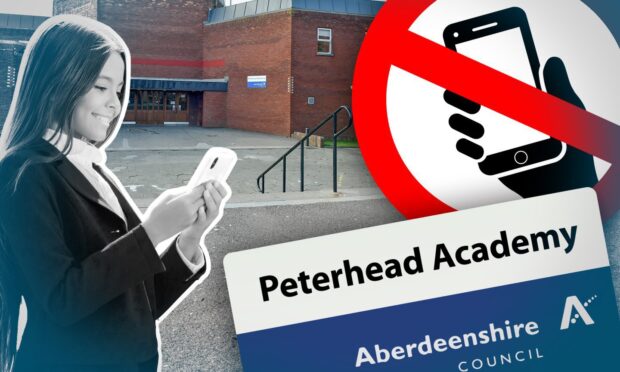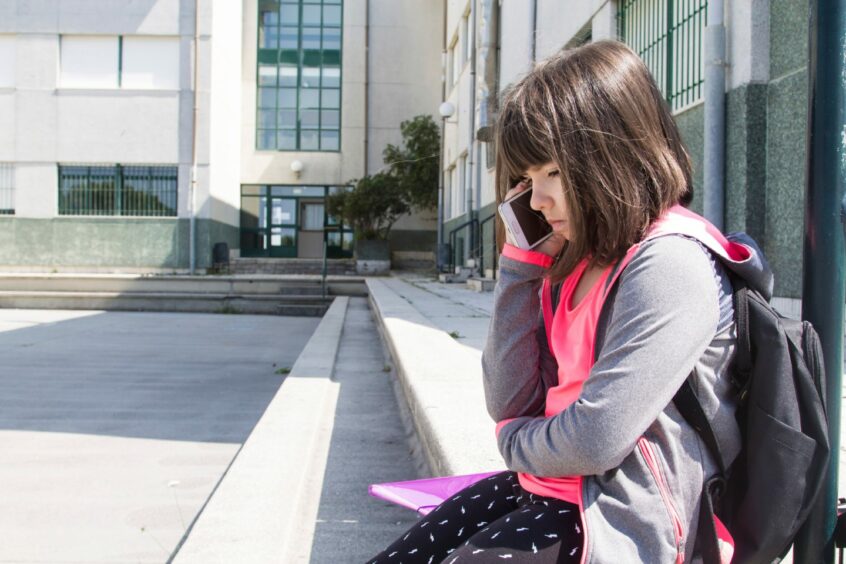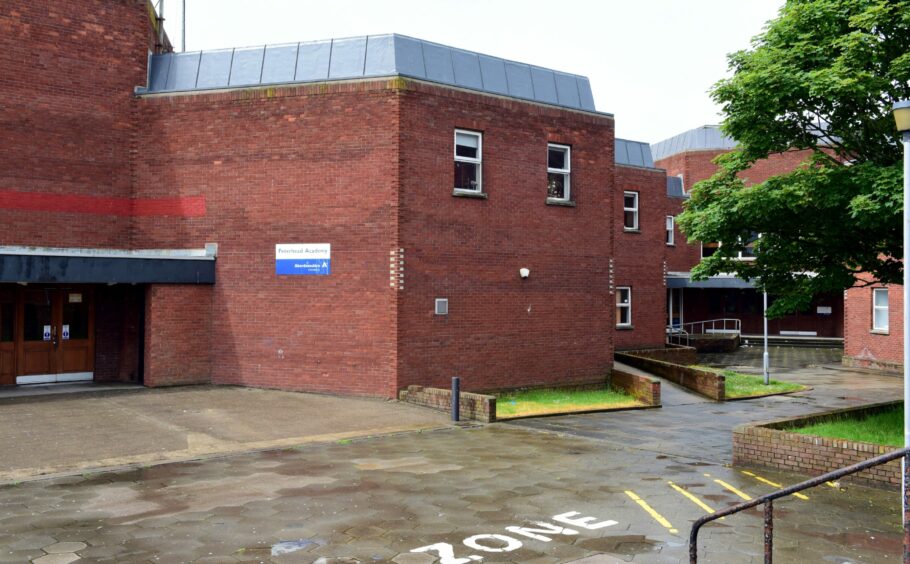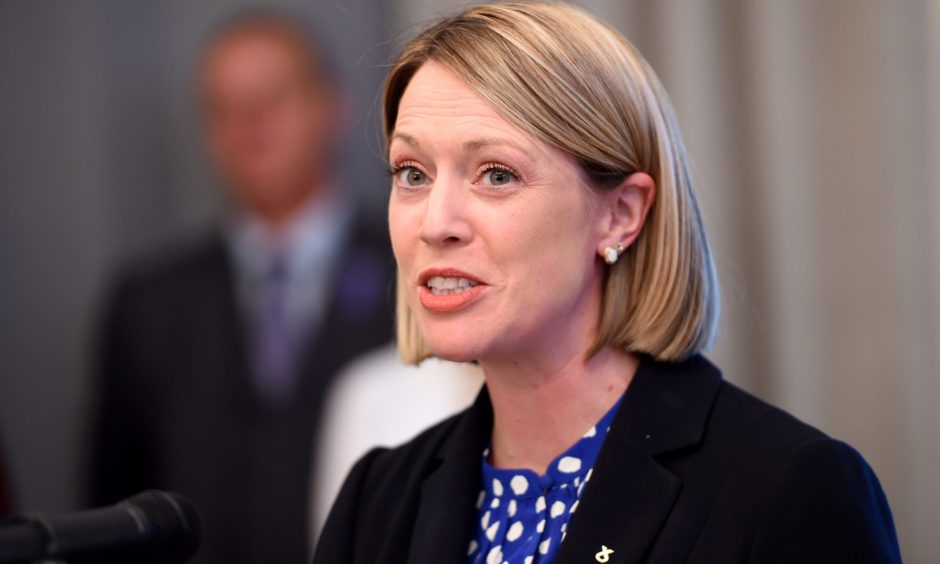New S1 pupils will be banned from carrying mobile phones when they start at Peterhead Academy after the summer.
Teachers were informed yesterday that devices will not be allowed when the youngsters arrive for the beginning of the 24/25 school session.
In a statement, the academy’s head teacher told The Press and Journal that he wants “to support our new S1 young people to settle into academy life” which includes learning how to use devices “appropriately” before they have to deal with the added pressures online life in secondary school can bring.
Gerry McCluskey said: “We have made the decision to delay our new S1 pupils being able to bring personal mobile smart devices to school for session 24/25, until later in the session.
“This decision was taken to provide a transition experience for our newest young people focused on positive mental, emotional, and social wellbeing.
“Primary pupils do not have personal smart devices in school, so Peterhead Academy want to support our new S1 young people to settle into academy life and learn about how we use our devices appropriately at school and in the community, before they have to deal with the added social pressures online life in secondary school can bring.
“We believe this approach will better equip our S1 pupils with the skills and understanding they require to make the most of their device from an educational perspective, whilst ensuring there are safeguarded from any online mistakes they could make as a young person suddenly given digital freedom at a time when they are also trying to find their place in a new school.
“We also wanted to support parents and carers, who can find themselves struggling to keep up with their young person’s sudden increase in online activity, at what is a key transition period for their child.”
Other schools have seen major improvements from prohibiting mobile phones
Other schools who have prohibited the use of mobile phones in secondary schools say they have witnessed major improvements.
Moray’s Gordonstoun School implemented a ban back in 2017 and said they noticed improvements “immediately”.
“The effect of our 2017 ban was immediately obvious: the school was noisier, and children spoke to each other rather than scrolling through their phone,” the school said.
“They held real conversations, catching up with each other face-to-face, not via social media.”
When asking students if they used their phones less, they answered yes and shared how much they loved it because it allows them to feel free, focus on their work and sleep better.
Students at Gordonstoun said: “I think that the new mobile phone policy is a great opportunity for people to spend more time establishing healthy friendships and relationships with others and enjoy all the charms that Gordonstoun has to offer, including various activities.”
Ministers issue guidance to allow head teachers to ban use of digital devices
Ministers previously provided guidance to allow headteachers to ban the use of digital devices in the classroom.
The move was announced by Education Secretary Jenny Gilruth.
She previously said: “I cannot unilaterally ban mobile phones – that power, of course, rests with headteachers and our local authorities.
“But I want to examine all the evidence on this and encourage schools to take the action they deem necessary.
“So we will work to provide refreshed guidance to schools on the use of mobile phones in schools as part of that joint action plan to respond to the Pisa research.
“This will take a range of factors into account, including considering pupils’ personal circumstances, particularly those of young carers.
“But our starting position is that headteachers are empowered to take the steps that they consider appropriate and, if they see fit, the guidance will support the use of banning mobile phones in schools.”
What do you think of banning mobile phones in schools? Let us know in the comments below.





Conversation